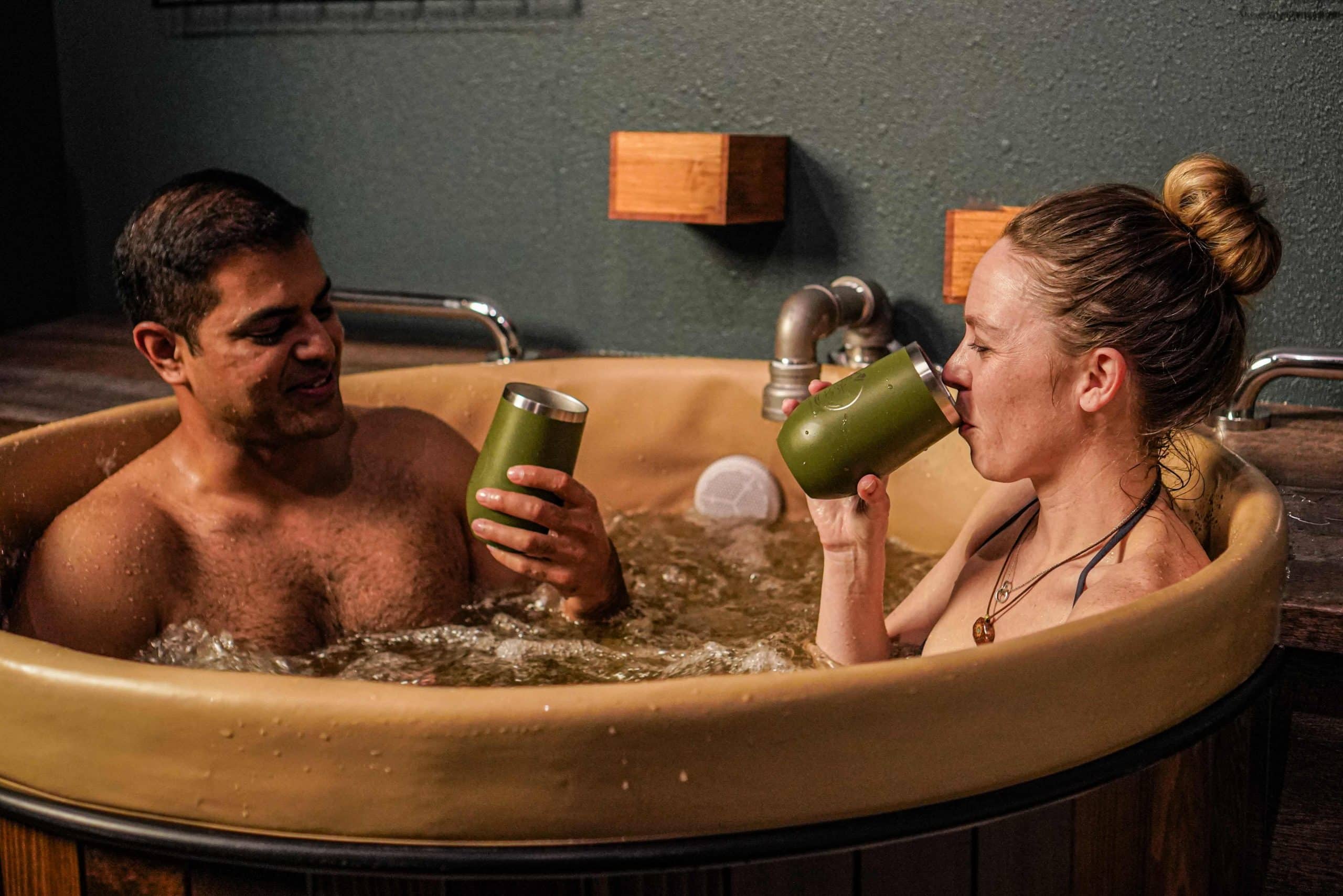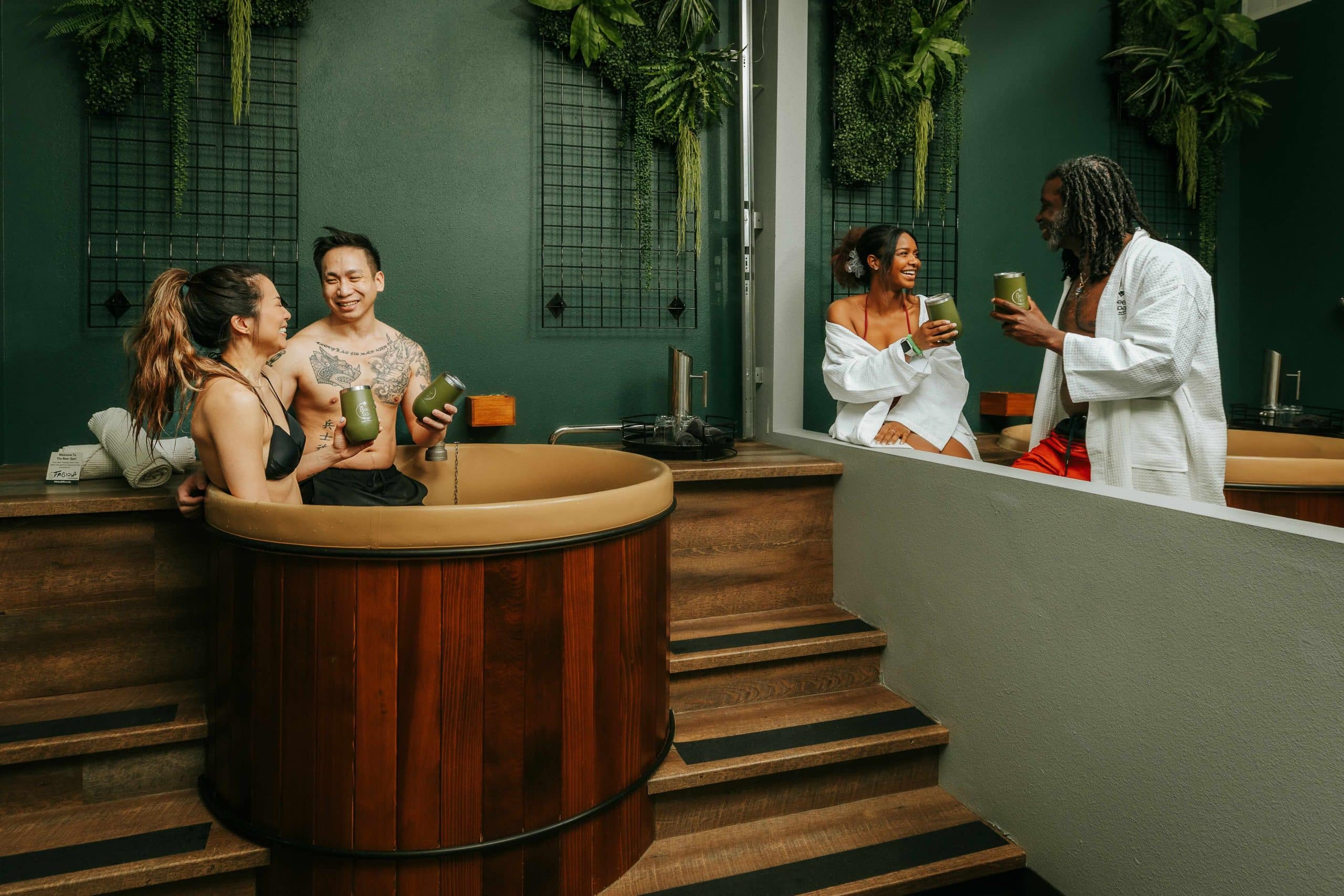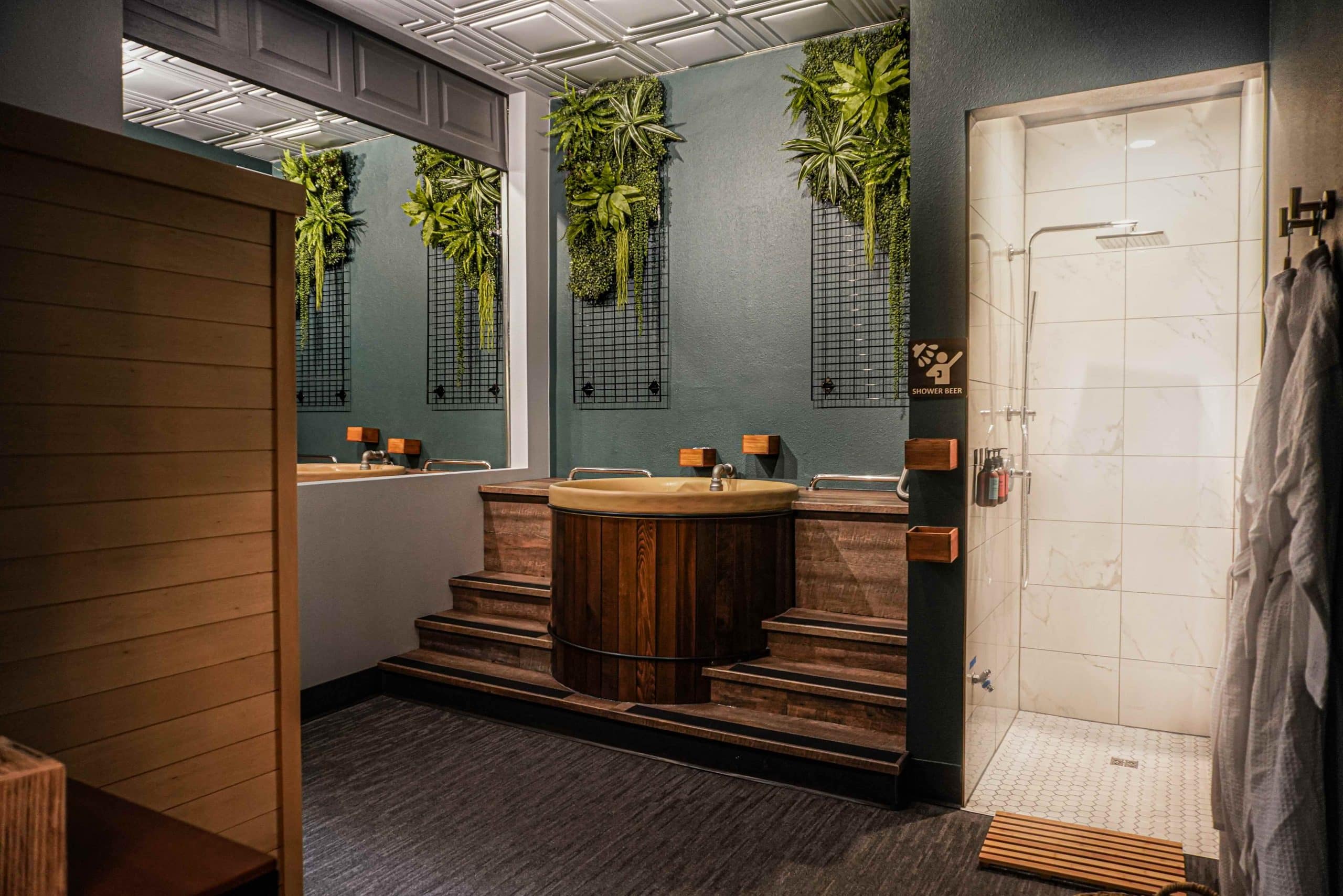Something Brewery at Oakwell Beer Spa: August 2023
Are you looking for something to do in Denver in August? Look no further than Oakwell Beer Spa, where you can enjoy a relaxing spa day with delicious beer from Something Brewery. Oakwell Beer Spa in Denver is a unique, award-winning day spa that partners with a local brewery every month. Not only do we have beer-inspired, rejuvenating spa treatments, but we also serve local craft beer. We’re so excited to team up with Something Brewery and share 5 of their best beers with you this August! Are you interested in a spa day without the beer? No problem! Oakwell Beer Spa also serves kombucha, wine, cider, and tea. Continue reading to learn more about Something Brewery and Oakwell Beer Spa’s one-of-a-kind spa day experience.Fun Facts About Something Brewery
 Something Brewery is in Brighton, Colorado, about a half an hour drive from Denver. The brewery is known as “an uncommon and creative brewing company that sets its goals on producing the most creative and inspiring beers for the most unique individuals.”
Before we dive into which of their beers you can enjoy at Oakwell Beer Spa this August, let’s check out some fun facts about the brewery.
Something Brewery is in Brighton, Colorado, about a half an hour drive from Denver. The brewery is known as “an uncommon and creative brewing company that sets its goals on producing the most creative and inspiring beers for the most unique individuals.”
Before we dive into which of their beers you can enjoy at Oakwell Beer Spa this August, let’s check out some fun facts about the brewery.
- Something Brewery started in 2015 on Main Street by three friends, David, Dustin, and Brian – all coming from different backgrounds and bringing something unique to the brewery but sharing a common passion for creating unique beers.
- The name "something" came from David's bartending experience when patrons would often ask for “something… light, dark, hoppy, etc."
- You truly can find just about any beer to satisfy your cravings, from fun sour beers with donuts or cheesecake to juicy hazy IPAs.
- Everything you see in Something Brewery’s relaxed and fun taproom was created by the owners and upcycled projects, from the bar top to the tables.
- In the brewery's early days, its focus was brewing beer with tea. That lasted for about a year, and now the focus is on fun sour beers and other delicious brews that people line up for.
- The Blackberry Tea Wit, Double-Fruited Cherry Waffle Cone Sours, Raspberry Cream Kettle Sour, and others have won various medals. Something Brewery has also been named the best brewer, bar, pizza, bartender, and place to meet new people, along with an Accelerating Business Award and Entrepreneur Award.
- Something continues to strive for excellence with its core values (Integrity, Community, and Creativity) and a goal to grab a new market that supports sustainable growth.
August Brews at Oakwell Beer Spa
We’re so excited about Something Brewery’s beers we’re sharing with you this August at Oakwell Beer Spa. From easy drinking to flavorful brews, we have something for everyone!Taco Matic
Mexican Lager, 5.2 % ABV Pair your spa day with the easy-drinking Taco Matic. It’s light and refreshing and offers a delicious way to cool down during August in Denver. [caption id="attachment_5340" align="aligncenter" width="586"]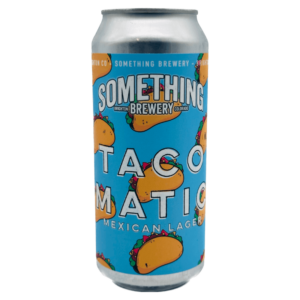 Taco Matic, Something Brewery[/caption]
Taco Matic, Something Brewery[/caption]
Saved by the Helles
Pink Lemonade Helles Shandy, 5.1% ABV If you enjoy lemonade, we highly recommend coming into Oakwell Beer Spa to try the Saved by the Helles! This delicious summer shandy was made with Pink Country Time Lemonade and lemons. It’s super refreshing and light with a malty and bitter profile. It’s the perfect summer beer to enjoy while unwinding at the spa. [caption id="attachment_5341" align="aligncenter" width="580"]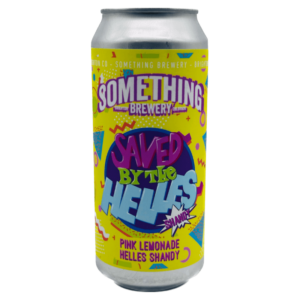 Saved by the Helles, Something Brewery[/caption]
Saved by the Helles, Something Brewery[/caption]
We Met on the Internet
Raspberry Cream Sour, 6% ABV If you enjoy tasty sour beers, this one is a must-try. This kettle sour uses lactose and gives a light fruity profile with medium tartness. [caption id="attachment_5342" align="aligncenter" width="580"]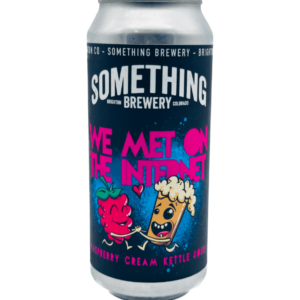 We Met on the Internet, Something Brewery[/caption]
We Met on the Internet, Something Brewery[/caption]
Haze & Juice
Hazy IPA, 6.2% Calling all Hazy IPA lovers! The Haze & Juice is made with Citra and Azacca Hops with pale malt. This unfiltered Hazy IPA is incredibly juicy and refreshing, with more juicy notes than hoppy. [caption id="attachment_5343" align="aligncenter" width="580"]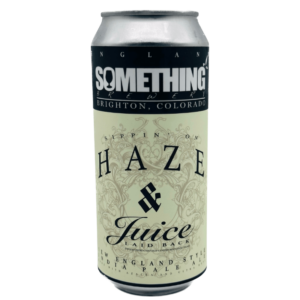 Haze & Juice, Something Brewery[/caption]
Haze & Juice, Something Brewery[/caption]
Beez Knees
Honey Blonde Ale, 5% ABV The Beez Kneez is another delicious brew that’s ideal on a hot day. It’s light but malt-forward without being malt-heavy. We love this one for cooling down on a hot day and relaxing at the spa! [caption id="attachment_5344" align="aligncenter" width="580"]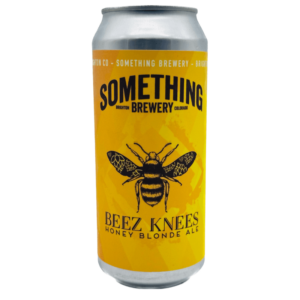 Beez Knees, Something Brewery[/caption]
Beez Knees, Something Brewery[/caption]
August’s Beer Bath Blend at Oakwell Beer Spa
Oakwell Beer Spa's signature service is the Beer Bath Hydrotherapy. During this therapeutic bubbly beer bath, you'll relax in a cedar hydrotherapy tub with thousands of calming bubbles. The bath is made with a crafted blend of beneficial hops, barley, and herbs. The rejuvenating beer bath blend has nutrients, vitamins, and antioxidants that offer various wellness benefits. The August beer bath has Citra and Azacca Hops with Pale and Wheat Ale from Something Brewery’s Haze & Juice IPA. The blend also has our herb of the month, Birch Leaf. This beer bath blend is perfect for skin hydration and leaves you feeling silky smooth. It also offers anti-inflammatory effects and collagen-producing properties to make your hair and scalp feel healthier than ever!FAQ
Whether you’re new to Oakwell Beer Spa or want to learn more about the experience, we’re happy to answer common questions below. [caption id="attachment_5345" align="aligncenter" width="580"] Beer Bath Hydrotherapy at Oakwell Beer Spa[/caption]
Beer Bath Hydrotherapy at Oakwell Beer Spa[/caption]
Can I really drink beer during my spa treatments?
Absolutely! We welcome guests to enjoy a cold beer during spa treatments. When you arrive at Oakwell Beer Spa, we'll give you a double-wall insulated stainless steel tumbler to keep your beer chilled, even in the sauna and your beer bath. You're welcome to take your tumbler to enjoy a beer (or a few) in your Beer Therapy Room and the taproom. The only place we ask guests not to have drinks is the Relaxation Lounge, where you can experience a Zero Gravity Massage. If you need to top your drink off during your spa services, you can use the robe and slippers in your Beer Therapy Room. There's also a ring bell system you can use if you want us to refill your tumbler for you.What spa services do you offer anyways?
We aren’t the traditional day spa with facials and manicures. Our services are one-of-a-kind and take relaxation up a notch. At Oakwell Beer Spa, you can enjoy Beer Bath Hydrotherapy, an Infrared Sauna, and Zero Gravity Massage for a unique wellness experience. Check out spa services and packages.How does the self-serve beer wall work?
The self-serve beer wall is a favorite feature and allows you to explore and pour drinks at your leisure. Best of all, it’s easy to use following these simple steps:- Unlock the taps with the scan card we’ll give you when you arrive.
- Check out the rotating selection of Something Brewery’s beers. We also have other beverages if you’re looking for something else. You’ll also find tasting notes and the price per ounce for each drink.
- Choose your drink, scan your card, and pour as much or little as you’d like.
- When it’s time to check out, you’ll take your card to the reception desk to pay for the ounces you poured.
Can I just stop by for a beer without a spa treatment?
Please do! We welcome all guests to enjoy our taproom with or without a spa appointment. We have the perfect space to relax and enjoy a beer or a few.Does Oakwell Beer Spa have anything else to drink besides beer?
We do. We understand beer isn’t everyone’s thing, or sometimes you’re in the mood for something else. We also have cider, wine, kombucha, and tea.Can I hang out in the taproom before and after my treatments?
Of course! You can hang out in the taproom for as long as you'd like. Feel free to arrive early and stay to relax after your appointment. The taproom offers ample seating in a cozy environment.Enjoy Something Brewery at Oakwell Beer Spa!
A spa day with delicious local brews is the perfect Denver in August activity. We hope you join us to enjoy some of Something Brewery’s best beers. You can book your spa day online or call us to schedule your appointment. You can also stop by without an appointment to check out the taproom and Relaxation Lounge. By: Polly CloverWhat should a Denver craft brewery consider when developing its brand and visual identity?
Start with a clear positioning: who you serve, why you’re different, and the experience you want guests to remember. Build a flexible identity system that scales across packaging, tap handles, menus, signage, your taproom, website, and social. Prioritize legibility and regulatory compliance on labels (TTB/ABV/disclosures) and ensure consistency in color, typography, iconography, and tone of voice. Tell an authentic story tied to your origins, neighborhood, or brewing philosophy without leaning on clichés. Plan distinct but cohesive approaches for core, seasonal, and limited releases so new beers fit the system. Align the taproom experience—music, lighting, uniforms, wayfinding, glassware, and merch—to the brand. Optimize for local search (Google Business Profile, accurate hours, high-quality photos) and create clear brand guidelines so staff and partners keep everything consistent as you grow.
How do you name a brewery to avoid trademark conflicts and build long-term brand equity?
Begin with strategic criteria: the name should be distinctive, easy to say and spell, and flexible enough to cover future styles, locations, and products. Brainstorm beyond descriptive terms to reduce conflicts and improve protectability. Do a preliminary screening: search USPTO TESS (especially Classes 32 for beer and 43 for taprooms), state registries, domains, and social handles; check for overlaps with beer names on platforms like Untappd. Run linguistic and cultural checks to avoid unintended meanings. Shortlist options and conduct legal clearance with an IP attorney, then file for trademark protection. Test with target customers for memorability and fit, pressure-test for line extensions, and document usage rules so the name is applied consistently across packaging, signage, and digital channels.
You want to cancel?
You want to reschedule?
joining our waitlist.
This can happen if you accidentally click the Submit button more than once.
Please, "Proceed creating new appointment" if you actually do need to make one more booking or "Discard" if you see the same booking in the list below.


